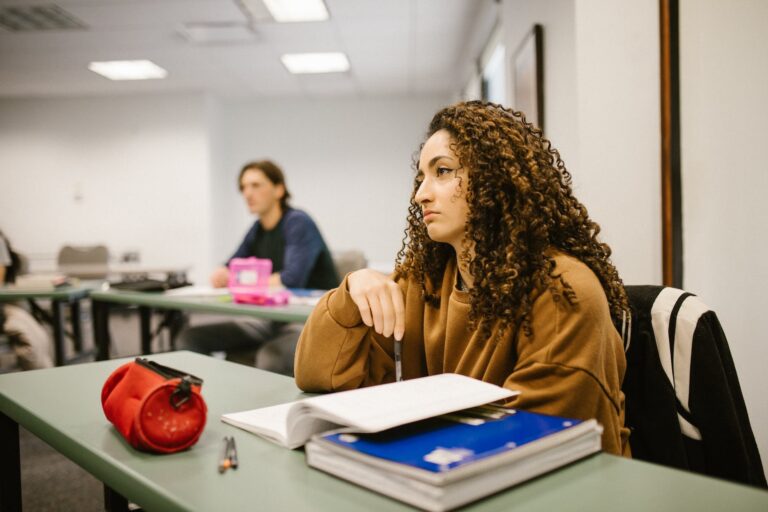In the dynamic landscape of education, fostering critical thinking skills has become increasingly paramount. Educators worldwide recognize the need to empower students with the ability to analyze, evaluate, and synthesize information. In this article, we explore proven strategies for educators to cultivate critical thinking in the classroom effectively.
Creating a Culture of Questioning
Encouraging Curiosity
Nurturing critical thinking begins with fostering curiosity. Educators can stimulate curiosity by encouraging students to ask questions. By creating an environment where inquiry is celebrated, students develop the habit of questioning assumptions and seeking deeper understanding.
Socratic Questioning
Embracing the Socratic method promotes critical thinking by challenging students’ thought processes. By asking open-ended questions that require analysis and reflection, educators guide students toward independent and critical thinking. This approach encourages them to articulate and defend their ideas.
Developing Analytical Skills
Analyzing Multidimensional Perspectives
Critical thinking involves considering various perspectives. Educators can design activities that require students to analyze issues from different angles. This could include examining historical events, literature, or current affairs through diverse lenses to develop a nuanced understanding.
Problem-Based Learning
Introducing problem-based learning scenarios engages students in real-world problem-solving. This approach not only sharpens analytical skills but also encourages collaboration and creativity. By tackling complex issues, students learn to navigate ambiguity and think critically to find effective solutions.
Cultivating Reflective Practices
Journaling and Reflection
Incorporating journaling and reflection into the curriculum provides students with an opportunity to think deeply about their learning experiences. By regularly reflecting on their thoughts and actions, students develop metacognitive skills, enhancing their ability to analyze and improve their own thinking processes.
Case Studies and Real-Life Applications
Connecting classroom concepts to real-life scenarios through case studies fosters critical thinking. Educators can present students with authentic problems and challenges, prompting them to apply theoretical knowledge to practical situations. This bridge between theory and application enhances analytical thinking skills.
Encouraging Effective Communication
Debates and Discussions
Promoting open debates and discussions cultivates critical thinking by requiring students to articulate and defend their opinions. Engaging in constructive dialogue challenges students to consider alternative viewpoints and refine their arguments. This process strengthens communication and analytical skills simultaneously.
Collaborative Projects
Assigning collaborative projects encourages teamwork and the exchange of ideas. Students working together on a project must navigate diverse perspectives, fostering critical thinking in the process. These projects can range from research assignments to creative endeavors that demand thoughtful problem-solving.
Integrating Technology for Enhanced Learning
Interactive Learning Platforms
Incorporating interactive learning platforms and technology tools can amplify critical thinking development. Educational apps, simulations, and online resources provide students with interactive experiences that challenge them to think critically while leveraging modern tools.
Gamification
Gamifying aspects of the curriculum introduce an element of challenge and competition, motivating students to think strategically. Educational games and simulations not only make learning enjoyable but also stimulate critical thinking as students navigate virtual scenarios.
Conclusion
In conclusion, fostering critical thinking in the classroom is an ongoing process that requires intentional strategies. Educators play a pivotal role in creating an environment that nurtures curiosity, hones analytical skills, encourages reflection, promotes effective communication, and leverages technology for enhanced learning. By incorporating these proven strategies, educators empower students to become adept critical thinkers, preparing them for the complexities of the modern world.


